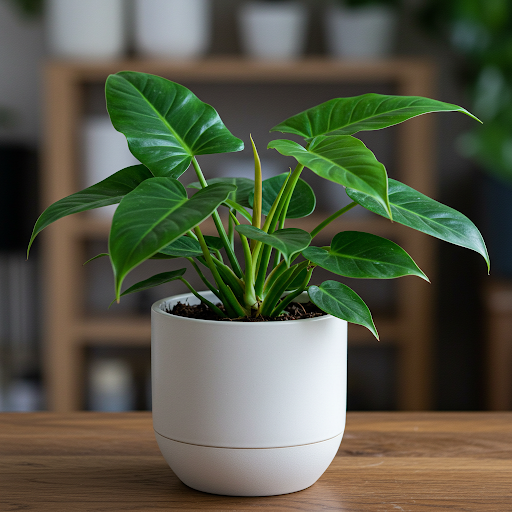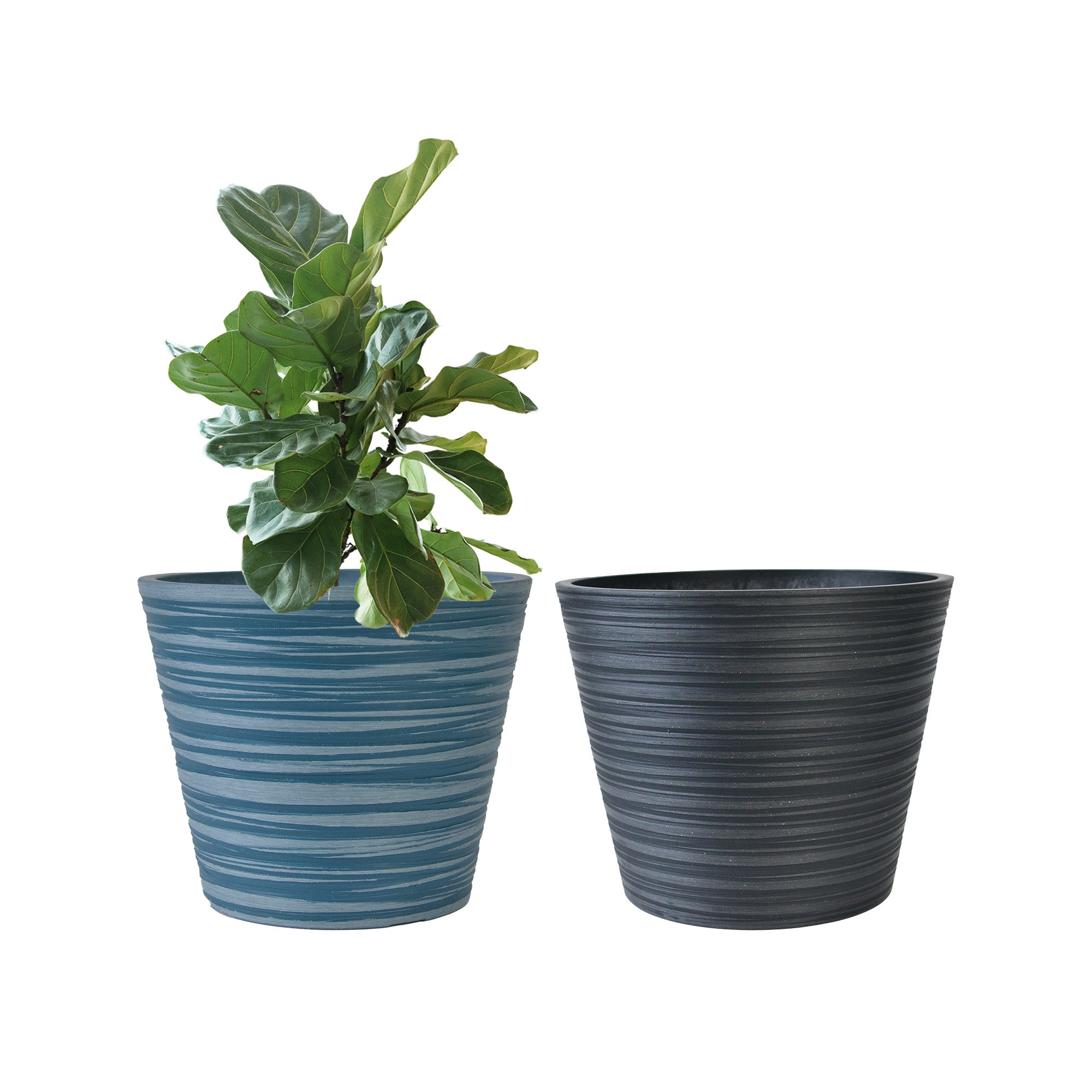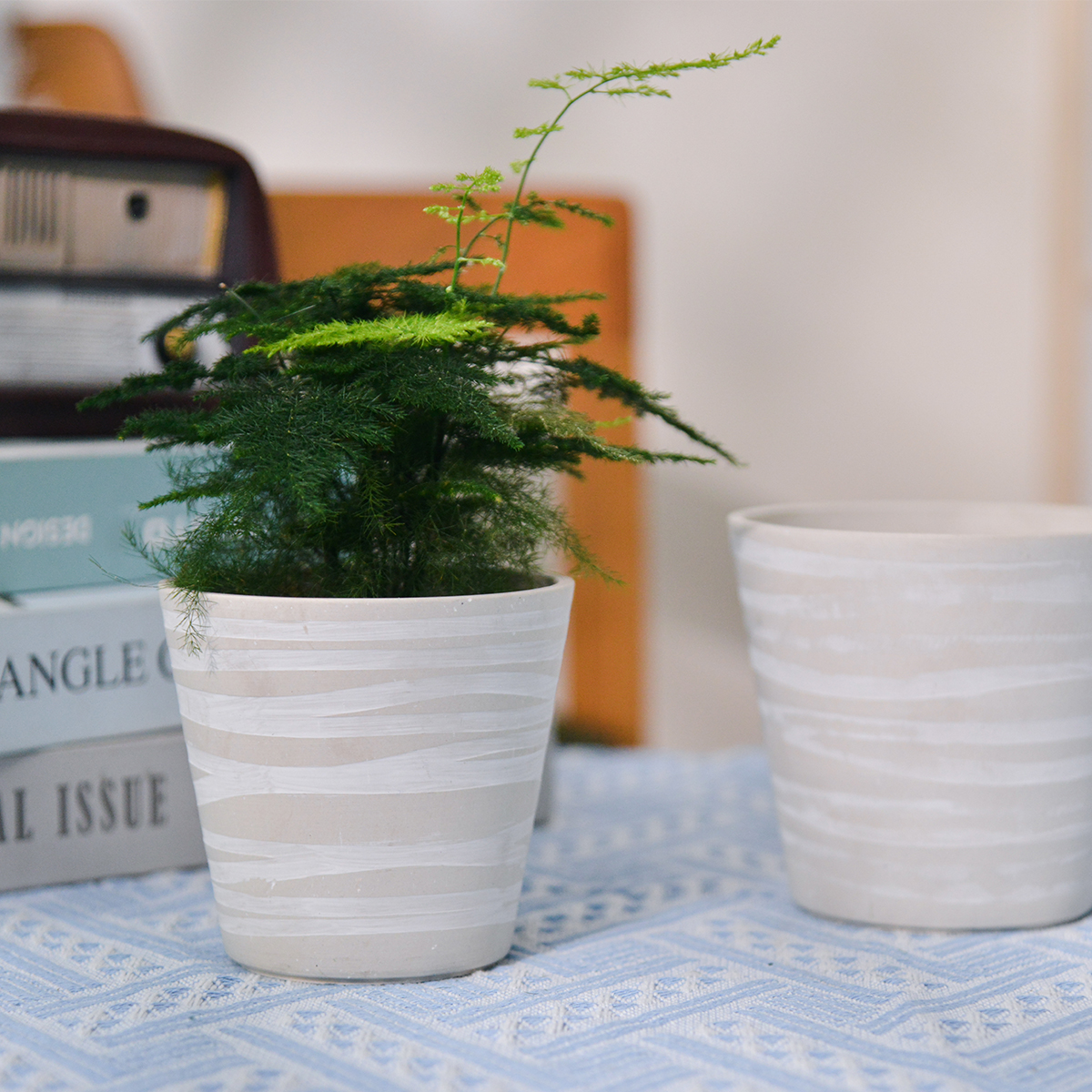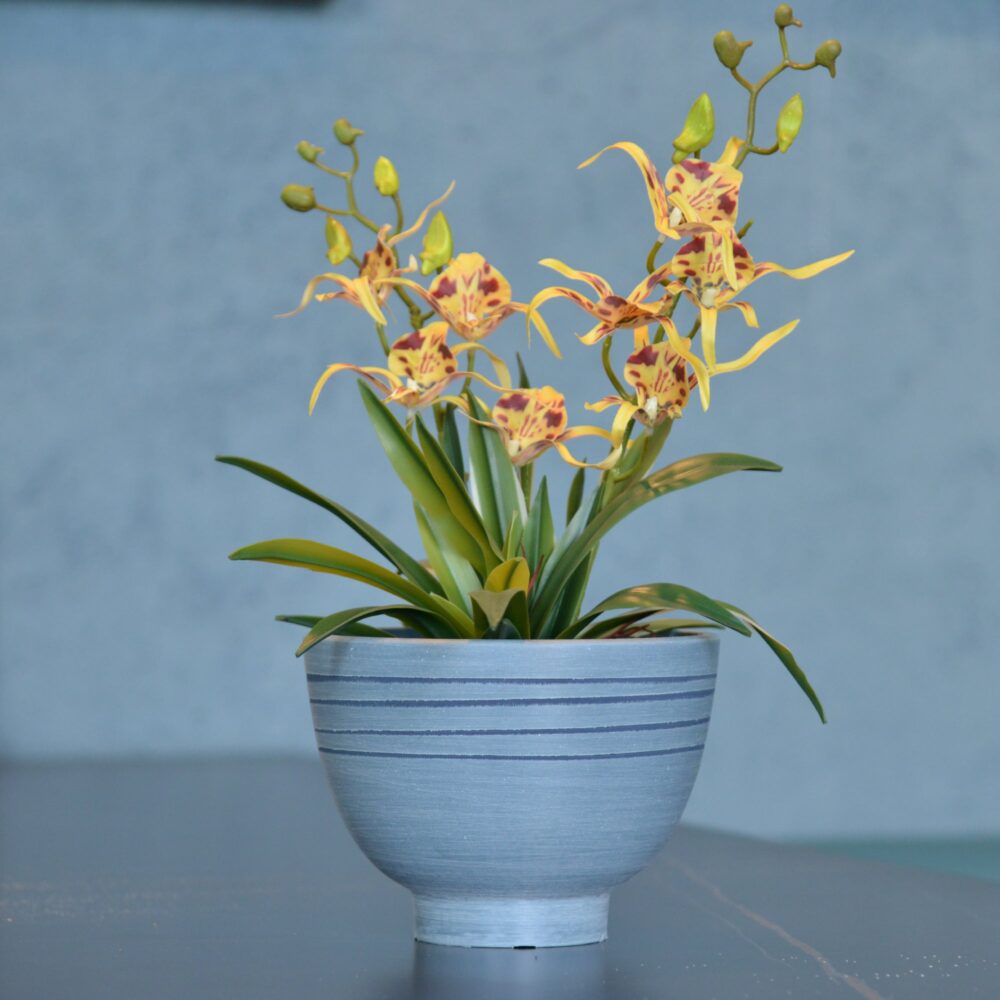What Basic Characteristics Should an Ideal Flower Pot Have? Setting the Stage for Healthy Plant Growth
Choosing the right flower pot might seem like a simple task, but the vessel you select plays a crucial role in the health and well-being of your plants. An ideal flower pot provides the necessary environment for roots to thrive, ensuring proper drainage, adequate space, and stability. Here are the basic characteristics that every gardener should look for when selecting a flower pot:

1. Adequate Drainage:
This is arguably the most critical characteristic of an ideal flower pot. Good drainage is essential to prevent waterlogged soil, which can lead to root rot and ultimately kill your plants. Look for pots with one or more drainage holes at the bottom. The size and number of holes should be appropriate for the size of the pot. Larger pots will generally require more or larger drainage holes.
- Why it’s important: Drainage allows excess water to escape after watering, preventing the roots from sitting in soggy soil.
- Considerations: If you’re using a pot without drainage holes for aesthetic reasons, you’ll need to be extremely careful with watering, using only a small amount at a time and potentially adding a layer of drainage material (like gravel or pebbles) at the bottom. However, this is generally not recommended for beginners.
2. Appropriate Size:
The size of the flower pot should be suitable for the current and future growth of your plant’s root system.
- Why it’s important: A pot that’s too small will restrict root growth, leading to stunted plant development and the need for frequent watering. A pot that’s too large can hold too much moisture, potentially leading to root rot, especially for young or small plants.
- Considerations: Choose a pot that is only slightly larger than the plant’s current root ball. As the plant grows, you can repot it into a larger container. Consider the mature size of your plant when making your initial selection.
3. Suitable Material:
Flower pots are made from a variety of materials, each with its own advantages and disadvantages. The ideal material will depend on your plant, your climate, and your personal preferences. Common materials include:
Terracotta (Clay): Porous, allowing for good airflow and drainage. Can dry out quickly, requiring more frequent watering.
Plastic: Lightweight, inexpensive, and retains moisture well. Less breathable than terracotta.
Ceramic (Glazed): Non-porous, retains moisture. Can be heavy and prone to cracking in freezing temperatures.
Metal: Durable and can offer a modern look. Can heat up in direct sunlight, potentially harming roots.
Concrete: Heavy, durable, and retains moisture. Can be cold and may not be suitable for all plants.
Wood: Offers a natural aesthetic. Can rot over time if not properly treated.
Why it’s important: The material affects moisture retention, temperature regulation, and the overall health of the root system.
Considerations: Research the specific needs of your plant to determine the most suitable material. Consider your local climate and how it might affect the pot’s temperature and moisture levels.
4. Stability:
An ideal flower pot should be stable enough to support the plant and withstand accidental bumps or windy conditions (for outdoor pots).
- Why it’s important: A wobbly or easily tipped pot can lead to damage to the plant and the pot itself.
- Considerations: Wider bases and heavier materials generally offer more stability. For tall or top-heavy plants, choose a pot with a substantial base.

5. Durability:
A good flower pot should be durable enough to last for several growing seasons without cracking, chipping, or significantly degrading.
- Why it’s important: Durable pots are a better investment and reduce the need for frequent replacements.
- Considerations: The durability of a pot depends on the material and the quality of its construction. Consider how the pot will be used (indoors vs. outdoors) and the environmental conditions it will face.
6. Aesthetics (Optional but Important for Many):
While not directly impacting plant health, the appearance of the flower pot is important for many gardeners. An ideal pot should complement the plant and your overall décor style.
- Why it’s important: Aesthetically pleasing pots enhance the enjoyment of your plants and contribute to the overall look of your space.
- Considerations: Choose pots in colors, shapes, and styles that you find appealing and that harmonize with your surroundings.
By considering these basic characteristics, you can select flower pots that not only look good but also provide the optimal environment for your plants to thrive, ensuring healthy growth and a beautiful display for years to come.
20VD
By greenship|2024-08-13T06:43:41+00:00August 13, 2024|Categories: Hand-carving Series|
Planter 5 in W / 8 in W / 12 in W or Indoor Outdoor Plants, Modern Decorative Plant Pots with Drainage Hole, Decorative Flower Pots
By greenship-seo|2025-04-10T06:37:58+00:00January 16, 2025|Categories: Hand-carving Series|Tags: Decorative Flower Pots|
20T
By greenship|2024-08-13T06:42:22+00:00August 13, 2024|Categories: Hand-carving Series|
GreenShip 27inch Tall Planters for Porch, Large Outdoor Planter Pots with Drainage Hole
By greenship-seo|2025-04-10T06:27:21+00:00April 7, 2025|Categories: Hand-carving Series|Tags: Decorative Flower Pots|
11TH
By greenship|2024-08-13T02:50:25+00:00August 13, 2024|Categories: Hand-carving Series|
8 inch/10 inch Planter Indoor Plants, 2 Pack Modern Decorative Plant Pots with Drainage Hole, Cute Bowl Shape Flower Pots
By greenship-seo|2025-04-10T08:03:42+00:00January 9, 2025|Categories: Hand-carving Series|Tags: Decorative Flower Pots, Self-Watering Pots|






